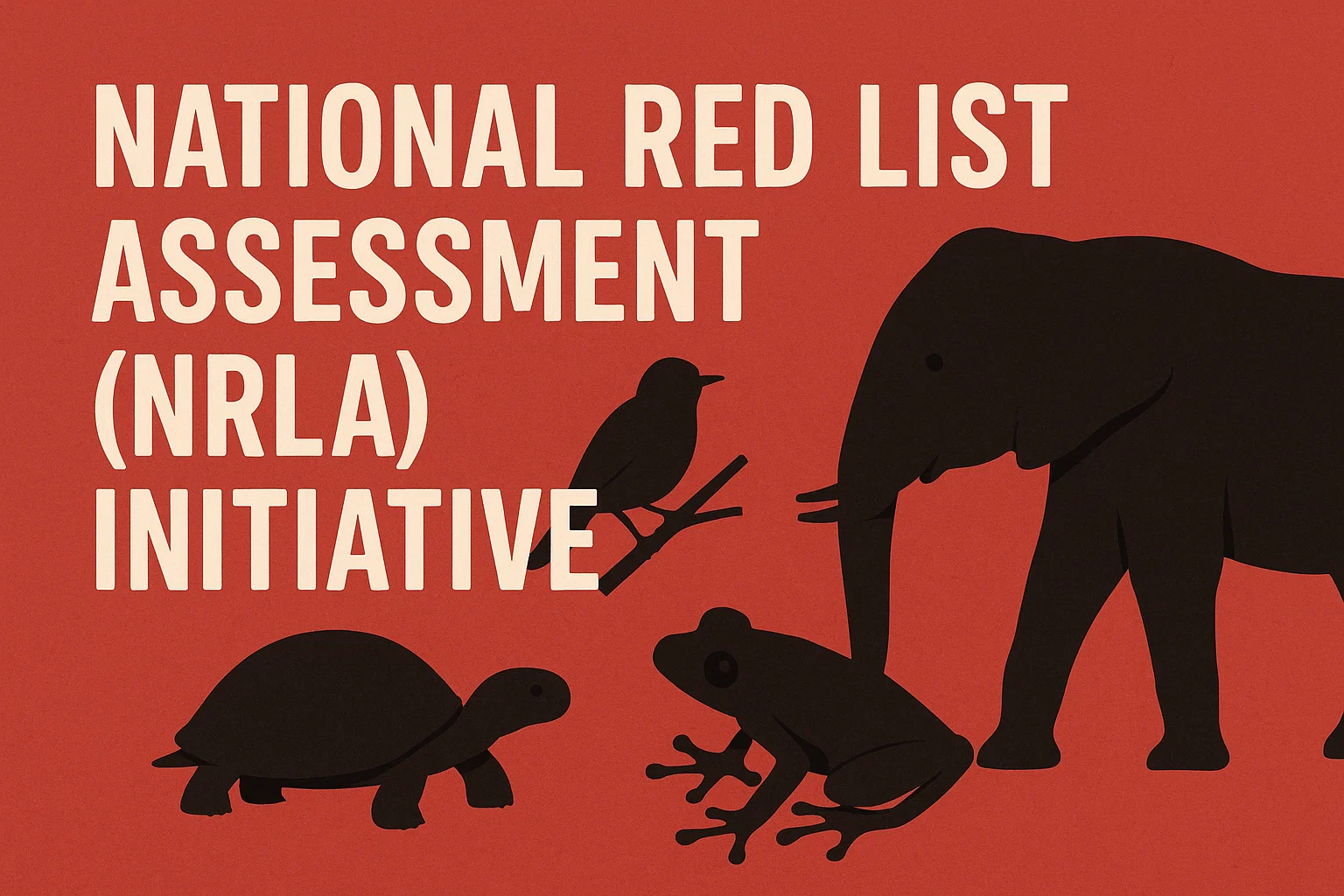Font size:
Print
Weather Balloons
NOAA slashes its weather balloon launches
Context: In a significant shift driven by budget cuts, the United States’ National Oceanic and Atmospheric Administration (NOAA) is reducing its use of traditional weather balloons.
More on News
- These balloons, crucial for accurate weather forecasting, are being phased out in favor of AI-powered alternatives developed by a Silicon Valley startup—a move aimed at cutting costs but raising concerns among meteorologists worldwide.
- Since March, NOAA has slashed hundreds of daily weather balloon launches following a 25% budget reduction by the Department of Government Efficiency (DOGE).
About Weather Balloons
- These are indispensable tools for monitoring upper air conditions—the atmospheric layer above 5,000 feet that drives weather systems including rainfall, wind patterns, droughts, and temperature fluctuations.
- Countries like India, through its India Meteorological Department (IMD), also rely on these balloons to collect critical weather data.
A Historic Legacy of Upper Air Observations
- History: Upper air observations date back to the 18th century. In 1749, students in Glasgow used kites to measure high-altitude temperatures.
- By the late 19th century, hot-air balloons and kites carrying meteorological instruments—called meteorographs—were standard practice for collecting atmospheric data.
- Limitations: Despite their use, early techniques had limitations.
- Kites couldn’t rise beyond 3 km, and their instruments had to be manually retrieved before data could be accessed.
- Manned hot-air balloon missions were hazardous; one notable 1862 British expedition nearly ended in tragedy due to oxygen deprivation at 11 km altitude.
Rise of Weather Balloons and Radiosondes
- Weather Balloons: The game changed in 1896 when French meteorologist Léon Teisserenc de Bort pioneered the use of weather balloons, which eventually led to the discovery of the tropopause and stratosphere.
- These balloons reached far greater altitudes than kites and returned data-laden instruments back to Earth after bursting at high altitudes.
- Radiosondes: The next revolution came with the invention of radiosondes in the 1930s—small instruments that could not only collect atmospheric data like temperature, pressure, and humidity but also transmit it in real-time to ground stations via radio waves.
- The U.S. Weather Bureau launched its first radiosonde network in 1937, and India now operates 56 radiosonde stations nationwide.
- Modern radiosondes are GPS-enabled, lightweight, and offer better accuracy and battery life, but the method of deployment—via weather balloons—remains unchanged.
Global Significance of Weather Balloon Data
- Today, about 900 weather stations worldwide release weather balloons twice daily at 0000 UTC and 1200 UTC (5:30 AM and 5:30 PM IST) to create a unified global weather monitoring system.
- These latex helium-filled balloons can climb up to 35 km (115,000 feet) and remain airborne for around two hours, transmitting valuable real-time data.
- The collected data is stored in centralised databases accessible to meteorologists globally.
- It plays a vital role in tracking climate change, El Niño cycles, storm formations, and weather forecasting accuracy.
Why Satellites Can’t Replace Weather Balloons
- While satellites offer a macro-level view of Earth’s weather systems and surface conditions, weather balloons provide granular insights into the middle layer of the atmosphere, where most weather events originate.
- Moreover, radiosonde data is essential for calibrating satellite observations, ensuring that satellite readings remain accurate and reliable.
Global Alarm Over NOAA’s Cutbacks
- Meteorological experts warn that NOAA’s reduction in balloon launches could significantly degrade forecast quality.
- A 2015 case study by the American Meteorological Society found that when Russia halved its radiosonde operations, European forecast models experienced a noticeable decline in accuracy.
- With the U.S. now potentially following a similar path, international agencies fear a ripple effect in global weather prediction capabilities, particularly as AI-based technologies are not yet mature enough to fully replicate the precision and reliability of traditional weather balloons.


